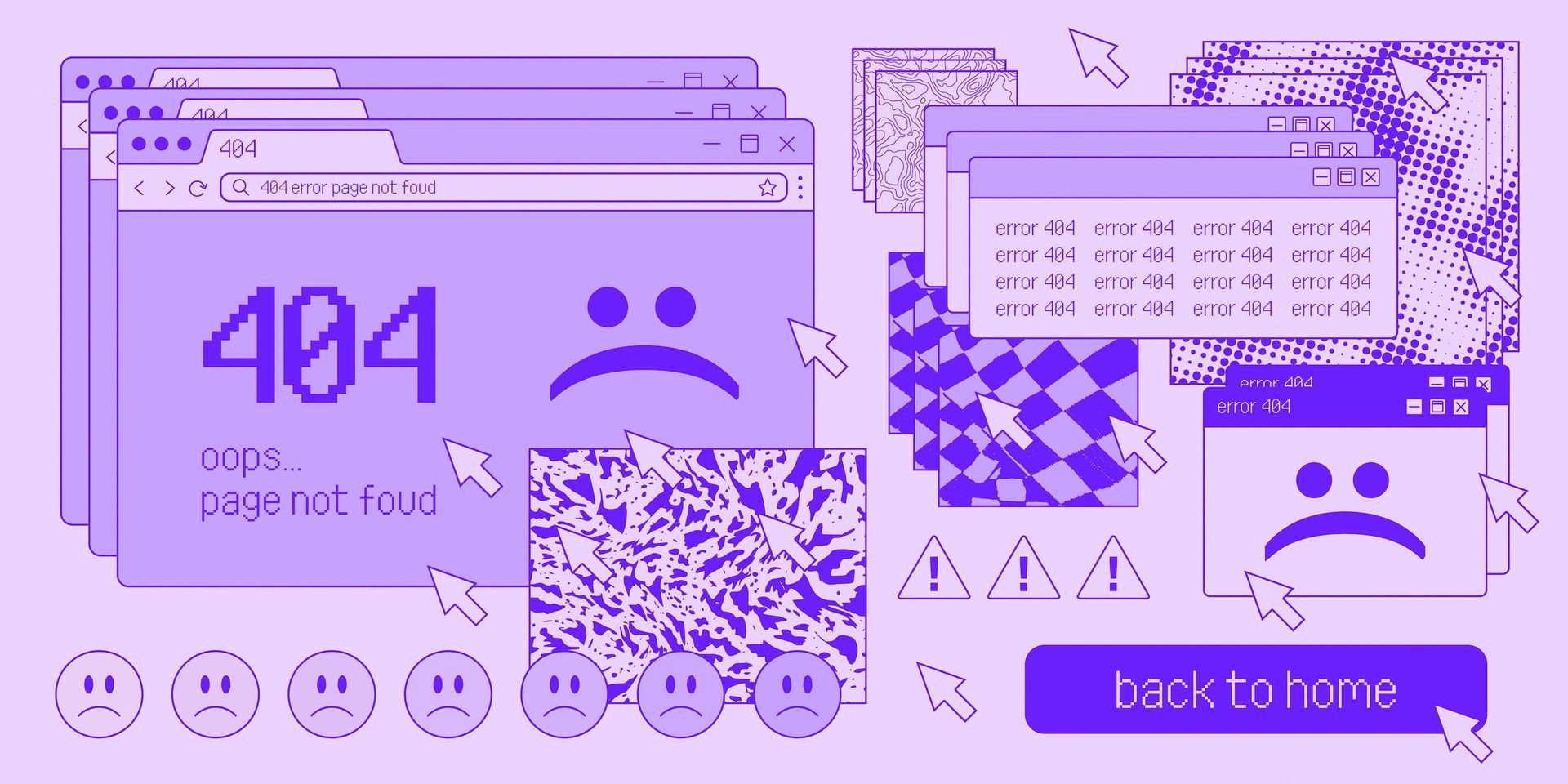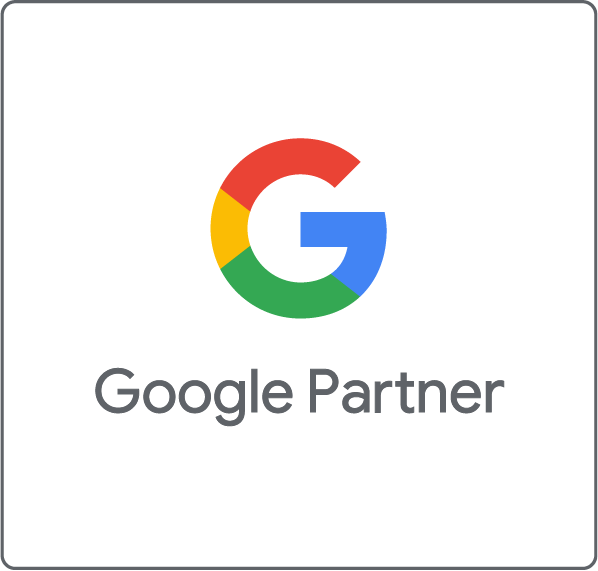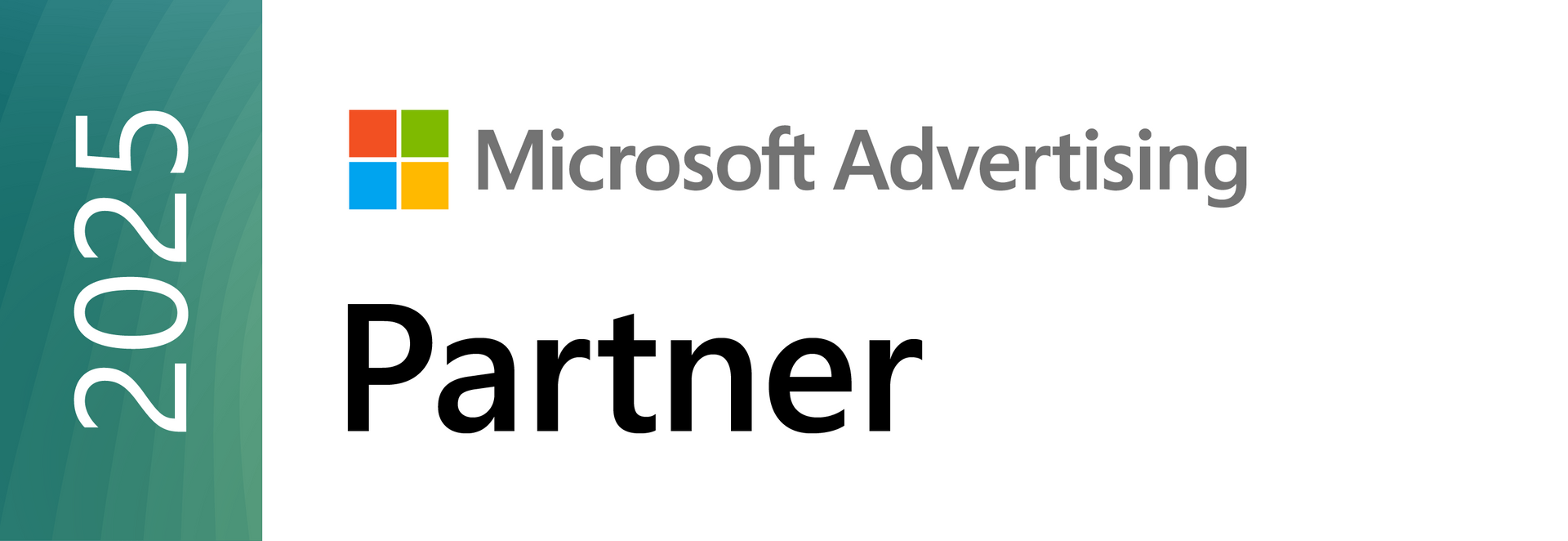Next year, Google is removing third-party cookie support from Chrome.
The market-leading web browser’s abandonment of third-party cookies heralds a transformation in targeted advertising and personalised content practices, presenting a major challenge for digital marketers. In the lead-up to the retirement of the third-party cookie, businesses that wish to continue to serve relevant content and facilitate targeted opportunities for product and service discovery must begin to transition to other data-led audience engagement methods.
Here, we outline six technology solutions and change management strategies to ease your audience engagement methods through the closing act of the third-party cookie, as we enter a new age of transparently collected user data and privacy-sandboxed datasets.
First-party cookies will remain in the marketer’s toolbox
Thankfully, Google has signalled that Chrome will continue to allow first-party cookies in their March 2021 blog post.
A first-party cookie is a piece of code that a website drops into a browser when the site is loaded. The cookie acts as a visitor’s record of what they have typed into the site, what they have looked at or clicked on, and what browser and device they are using to navigate the site. These types of cookies allow for website personalisation and permanence. Cookies enable the same settings to remain in place should the visitor leave and later return to the site. Through the use of cookies, a user’s delivery details are remembered, and their previously selected products remain in the site’s online store basket.
From a marketing perspective, data collected by first-party cookies is useful for generating data analytics for a website. A marketing manager can see where users link from and which pages are engaged with the most, as well as collate demographic information, such as where site visitors are geographically located.
What is a third-party cookie and what is it for?
Third-party cookies, or “tracking” cookies, may be dropped by a site the user is visiting, but they are actually generated by a third-party company, such as a marketing business. The cookie tracks the user’s activity on the site and adds that information to a record of activity on other sites that the user has visited. All this information is sent back to the company that generated the cookie to give them a profile of the user’s personal information, web activities and patterns of preferences. A profile of the user is built up in this way, which is useful for targeted marketing purposes.
Third-party cookies allow advertisers to connect with consumers or potential clients who have the most chance of being interested in their products and services, even if those people have not actively sought out and engaged with the offering’s online presence in the past. Users are served content that is relevant to their interests and that they are likely to want to engage with, tailored to their situation and preferences.
Why are third-party cookies being phased out?
Google’s phase-out of third-party cookies is part of a move towards a new Privacy Sandbox solution to serving targeted ad content based on anonymised aggregate user groupings, with individual user-level information held only on the user’s device. This follows the 2019 GDPR (General Data Protection Regulation) ruling by the Court of Justice of the European Union, which found that a consent box for accepting third-party cookies could not be pre-ticked when offered.
Google’s change of approach recognises a general rise in concern about online privacy, reflected in the GDPR case ruling. In particular, it addresses the user-perspective problem of not being privy to the identity of any companies accessing third-party cookie data after the original company issuing the consent request obtains consent and passes the cookie data on. Potentially persistent and hyper-targeted advertising or messaging resulting from third-party cookie tracking can lead to harassment and personal invasion during web browsing, which can generate ill-will and resistance towards Google’s platform.
How to update your digital marketing strategy to abandon third-party cookies
In order to transition from targeted marketing using third-party tracking cookies and individual data profiling, consider these six opportunities for growing customer engagement and ROI from your marketing strategy.
Enhance first-party data quality and utility through better capture
The changing digital landscape for data collection and use demands a new focus on owned, first-party data sets. Building a quality set of privacy-compliant data takes time, so the time to act is now.
Adding surveys, quizzes and chatbots to your online presence can generate a trove of granular customer data. Encouraging user registrations with incentives, or arranging events that involve user registration, can also boost your customer profiles for more tightly or creatively targeted campaigns. Encouraging interaction by offering a clear benefit, whether it be an interactive experience, access to a resource, or other tangible reward is a great way to build your data set.
Foster strong customer relationships with best practice cookie consent systems
Fostering customer trust during first-party data capture and subsequent usage retains the value of the data set by keeping goodwill towards your brand high. Best in class privacy compliance is required at all points of data capture. Always adhere to privacy regulations and remain transparent about what data your business is collecting, what it will be used for and who it will be shared with, to ensure that your first-party data is future-proof as the industry trend towards privacy continues.
Leverage second party data from major platforms
Google Ads, Google Display & Video 360 and Facebook Ads Manager offer aggregated yet granular audience data. Google is implementing “cohort” identities, grouping users by interests and anonymising individuals within their cohort so that they can be marketed to as a group. Facebook already has a similar “Lookalike Audience” system.
Consider second party data from publishers
Buying advertising with a main publisher gives you access to the publisher’s data so that you can better target your ads, whether it’s display, video or native ad content, by comparing the publisher’s data with your CRM.
Investigate non-cookie-based third-party data troves
Non-cookie-based third-party audiences are a privacy-compliant, transparently collected source of engagement-targeting data that’s future-proof and available now. An example is VisualDNA, which is a personality quiz business that creates audience aggregate profiles for target marketing.
Generate engagement through intensified place and time targeted campaigns
Geomarketing and “moment marketing” methods of combining user profiling with geographical and time-sensitive campaigns can leverage quality data into leads and sales when synchronised with event-based moments of heightened attention or intent to buy.
Contact the experts
If your marketing is heavily reliant on soon-to-be-obsolete third-party cookie data, or if you aren’t sure how to navigate the transition to a new data, technology and vendor environment, get in touch with our team today. We’ll help you to future-proof and optimise your digital marketing strategy for 2022 and beyond.
About PupDigital
PupDigital have your digital marketing needs covered. From online advertising to website design, we can help. Based in Canberra, servicing the world with quality, down to earth digital marketing services.
Subscribe
Enter your email below and we will keep you up to date on the latest insights into our world of digital marketing.








